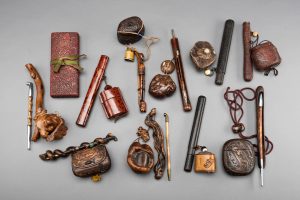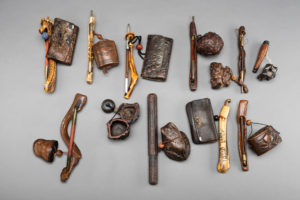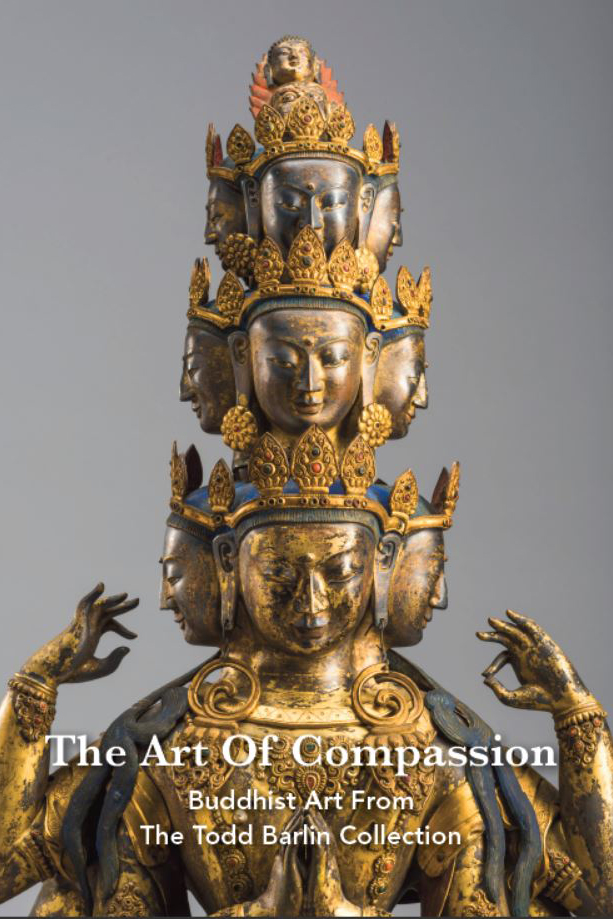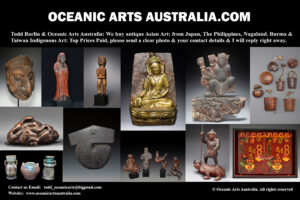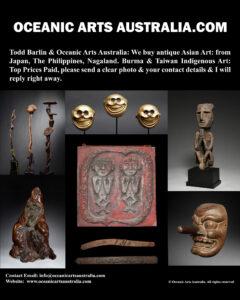A Fine Collection of Japanese Smoking Implements from the 19th Century
| Collection No. | SOLD |
|---|---|
| Size | Average 10-20cm |
A Fine Collection of Japanese Smoking Implements from the 19th Century
Some of the most beautiful small objects made in Japan were used for Tobacco Smoking. This fine collection was made over 40 years and each of these Tobacco Sets were acquired because of their individual unique beauty, there is such variation from the most simple natural form burl wood containers to the elaborately carved wood examples with finely incised designs such as dragons.
The Portuguese introduced tobacco in Japan in the second half of the sixteenth century. The Japanese were particularly surprised to see the Portuguese smoking pipes and spitting out smoke and would have exclaimed “The Southern Barbarians have a fire in their belly!”
Tobacco was quickly adopted by the Japanese people by the end of the sixteenth century, the Kerisu or Smoking Pipes, were used as the only way to smoke tobacco in Japan and it they would remain that way for the next three centuries, until the Meiji Restoration (1868), when cigarettes arrived in Japan and became very popular.
The smoking implements needed to smoke while outside or traveling were a set consisting of a pouch to hold the tobacco called TONKOTSU and the Pipe or Kerisu & its holder. Tobacco pouches were usually beautifully decorated and with delicate metal clasps to close the pouch, they also had a Netsuke on the end of a small chain or string so as to tuck into the traditional sash called (Obi). Japanese robes did not have pockets & which is why their tobacco smoking sets were tucked into their sash.
The Edo period (1603-1868) that precedes the development of cigarettes in Japan was the heyday of Kiseru Pipes & Tobacco smoking paraphernalia. In the Edo period there was in the high society a ” Tobacco Ceremony” or ” The Way of Tobacco” (tabako-dō 烟草道), similar to the Japanese “Tea Ceremony” where rules of politeness and decorum were fixed and there were procedures or good manners to give and receive the Kiseru pipes when smoking with company. It became very fashionable to have a silver Kiseru and beautiful Tobacco Case and it was an essential fashion accessory for young people from rich houses.
Provenance: The Todd Barlin Collection of Asian Art

